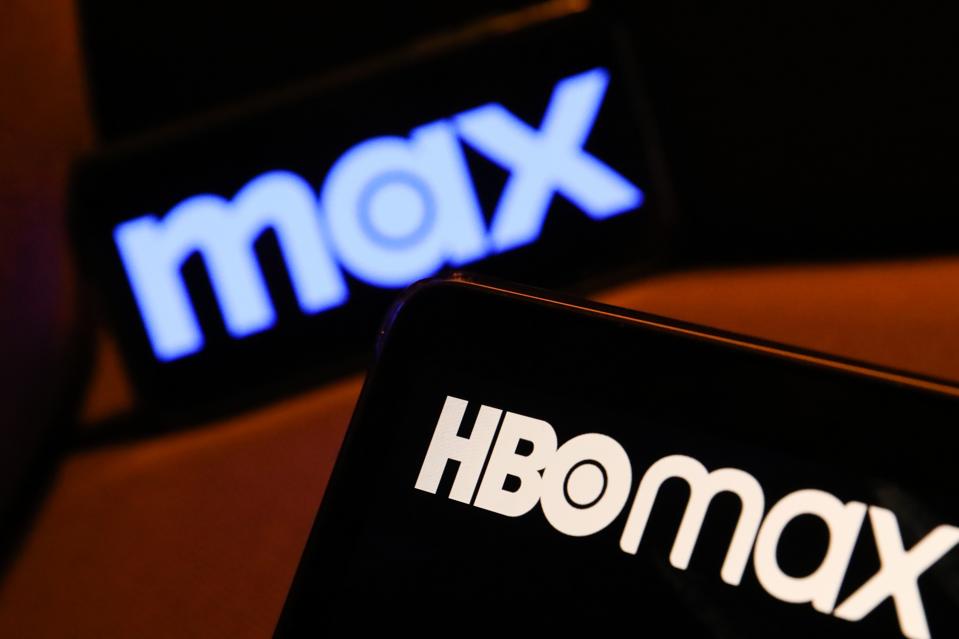Warner Bros. Discovery just announced what at least a few branding experts saw coming: the streaming service known as Max is reverting to its previous name, HBO Max. This is the fifth name change for the company’s streaming service, having cycled through HBO Go (2008), HBO Now (2015), HBO Max (2020), Max (2023), and now HBO Max again (2025).
The company’s reasoning for the original change from HBO Max to just “Max” seemed logical enough at the time. In 2023, executives worried that the HBO brand – long associated with premium adult content – might not be the right anchor for a general entertainment streaming service that included reality shows from Discovery’s portfolio. They feared these shows might “water down” the prestigious HBO brand.
When Reality Hits Marketing Theory
According to the New York Times, the reality was simpler than marketing theory. Subscribers paying $17 monthly for Max were primarily watching HBO content like The White Lotus and The Last of Us, along with new movies and documentaries – not the Discovery reality show catalog.
“It really is a reaction to being in the marketplace for two years, evaluating what’s working and really leaning into that,” Casey Bloys, HBO content chairman, explained.
In other words, the HBO brand continued to be the real draw for subscribers. The 2023 rebrand to “Max” had mainly caused confusion among both industry insiders and consumers. People wondered if HBO was being phased out or diminished, the opposite of what the company intended.
This reversal highlights a crucial lesson many brands learn the hard way: sometimes your established brand equity is more valuable than you realize.
HBO Max Isn’t Alone in the Brand Boomerang Club
Warner Bros. Discovery isn’t the first major company to retreat to a previous brand identity after a failed rebrand. In fact, they’re joining a distinguished club of brand “boomerangs” – companies that tried new names only to return to their roots:
Coca-Cola (1985): In what’s often called the biggest marketing blunder of the 20th century, Coca-Cola abandoned its classic formula and branding for “New Coke.” After just 79 days of consumer protests and backlash, the company brought back the original as “Coca-Cola Classic.” The lesson? Don’t mess with a brand that’s deeply embedded in consumer hearts and memories.
Tribune Publishing → tronc → Tribune Publishing (2016-2018): The venerable newspaper company bizarrely rebranded itself as “tronc” (with a lowercase ‘t’, short for “Tribune Online Content”) in 2016. The rebrand became an immediate laughingstock, described by critics as out-of-touch corporate jargon. After two painful years, the company dropped the silly name and restored its respected Tribune Publishing identity.
SurveyMonkey → Momentive → SurveyMonkey (2021-2023): The online survey provider rebranded as “Momentive” in 2021 to appear more enterprise-ready and shed its playful image. After two years, they discovered their brand recognition was too strong to abandon. The Momentive name only caused confusion, and the company reverted to SurveyMonkey in 2023, admitting the original name had more customer recognition and trust.
The HBO Brand Power
Warner Bros. Discovery’s struggle to find the right identity for its streaming service reflects a larger challenge many traditional companies face: how to transition cherished legacy brands into the modern era without losing what made them special.
The HBO brand has exceptional value – it stands for quality, prestige, and innovation. Removing it from the service name diluted that value rather than expanding the service’s appeal. What Warner Bros. Discovery now seems to understand is that HBO isn’t just a content provider within their streaming service. Rather, it’s the primary reason people subscribe.
HBO’s Lessons For CMOs
What can marketing leaders learn from this latest brand reversal?
- Respect your brand equity: Before discarding or diminishing an established brand, make sure you fully understand its pull with consumers.
- Test, don’t assume: Warner Bros. Discovery might have saved itself considerable confusion by testing consumer reactions to the name change before implementing it.
- Listen to actual usage patterns: The company eventually realized that consumers were primarily using the service for HBO content, not Discovery shows. Let data drive your branding decisions.
- Admit mistakes quickly: To their credit, the company didn’t stubbornly stick with “Max” for the long term once they saw it wasn’t working.
Bloys summed up the challenge well, noting that the transition to streaming has been tricky for many cable companies. HBO “and a bunch of other companies are trying to navigate that,” he said, before adding hopefully, “That said, I do hope this is the last time we have a conversation about the naming of the service.”
Don’t we all.

